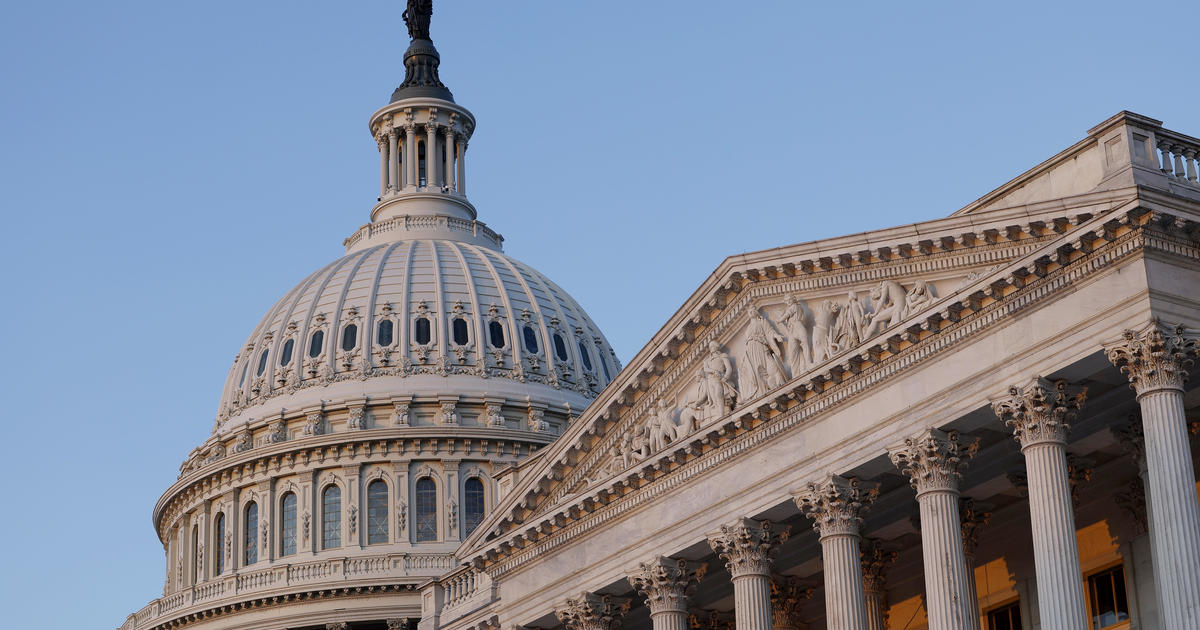Serving in the U.S. House of Representatives comes with a six-figure salary, along with perks including paid travel and housing costs.
While the $174,000 annual pay likely doesn’t sound too shabby to those living in a country where the median individual wage comes to just over $59,000 a year, members of Congress are earning wages that were set in 2009. They haven’t gotten an automatic cost-of-living adjustment since 2009.
In getting elected as Speaker of the House in October of 2023, Louisiana Republican Mike Johnson’s annual salary jumped to $223,500. Louisiana Republican Steve Scalise and New York Democrat Hakeem Jeffries each make $193,4000 a year as the House majority and minority leaders, respectively.
Members of Congress are not allowed to continue in their prior jobs while working on Capitol Hill, although their net worth continues to increase through investments. Indeed, many Washington, D.C., lawmakers were already millionaires when they began their political careers, especially in the Senate.
Although pensions are increasingly uncommon for most American workers, the perk is alive and well for lawmakers. Since 1946, members of Congress with at least five years of service or federal employment are eligible for “a generous pension that pays two to three times more than pensions offered to similarly salaried workers in the private sector,” according to the National Taxpayers Union Foundation.
The value of the pension benefit is determined based on when a lawmakers was elected to office, time served and the average of the three years of their highest salary, noted NTUF, an affiliate of the National Taxpayers Union.
A lesser-known congressional benefit is the practice of leaving death gratuity payments to the heirs of members who die while serving in office. Equal to the member’s yearly congressional salary, the payments are provided regardless of how wealthy the deceased lawmaker was. From 2000 to 2021, the payments have cost taxpayers $5 million, the nonprofit research group found.

Leave a Reply